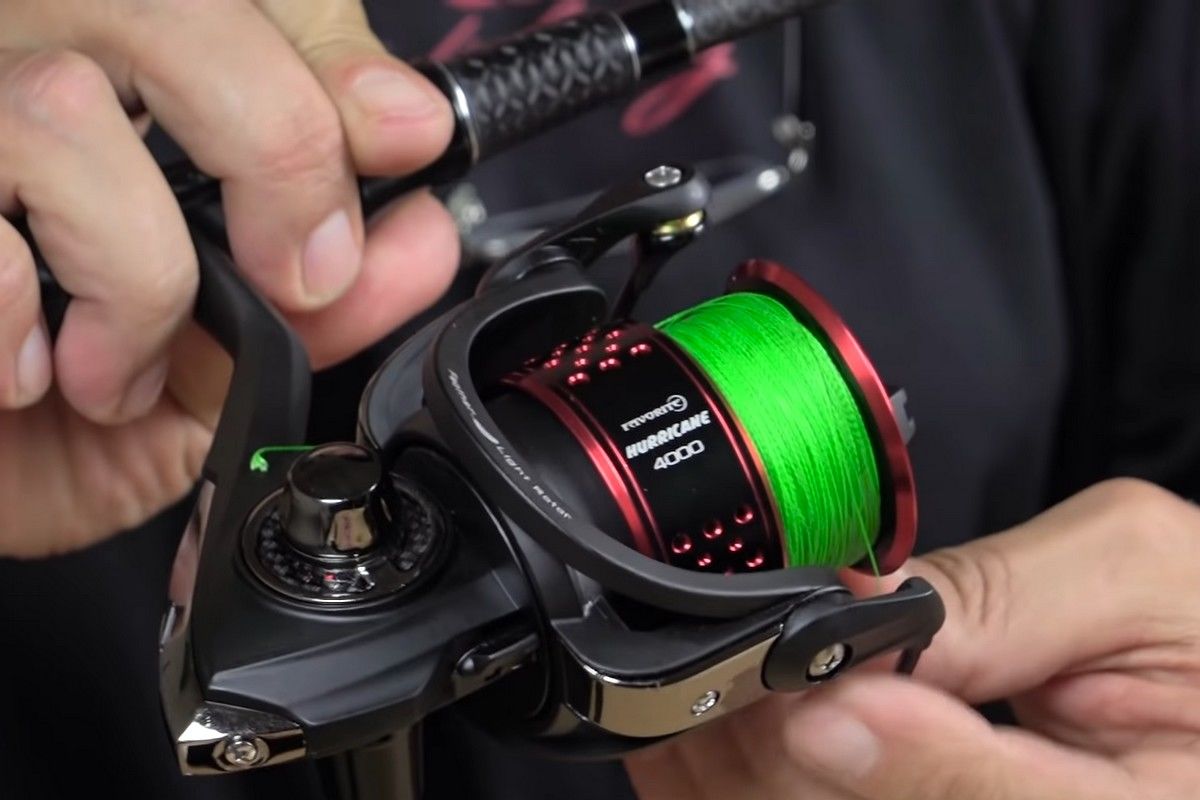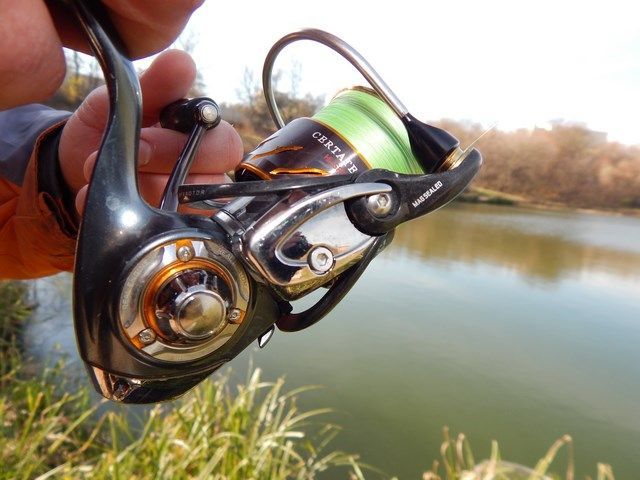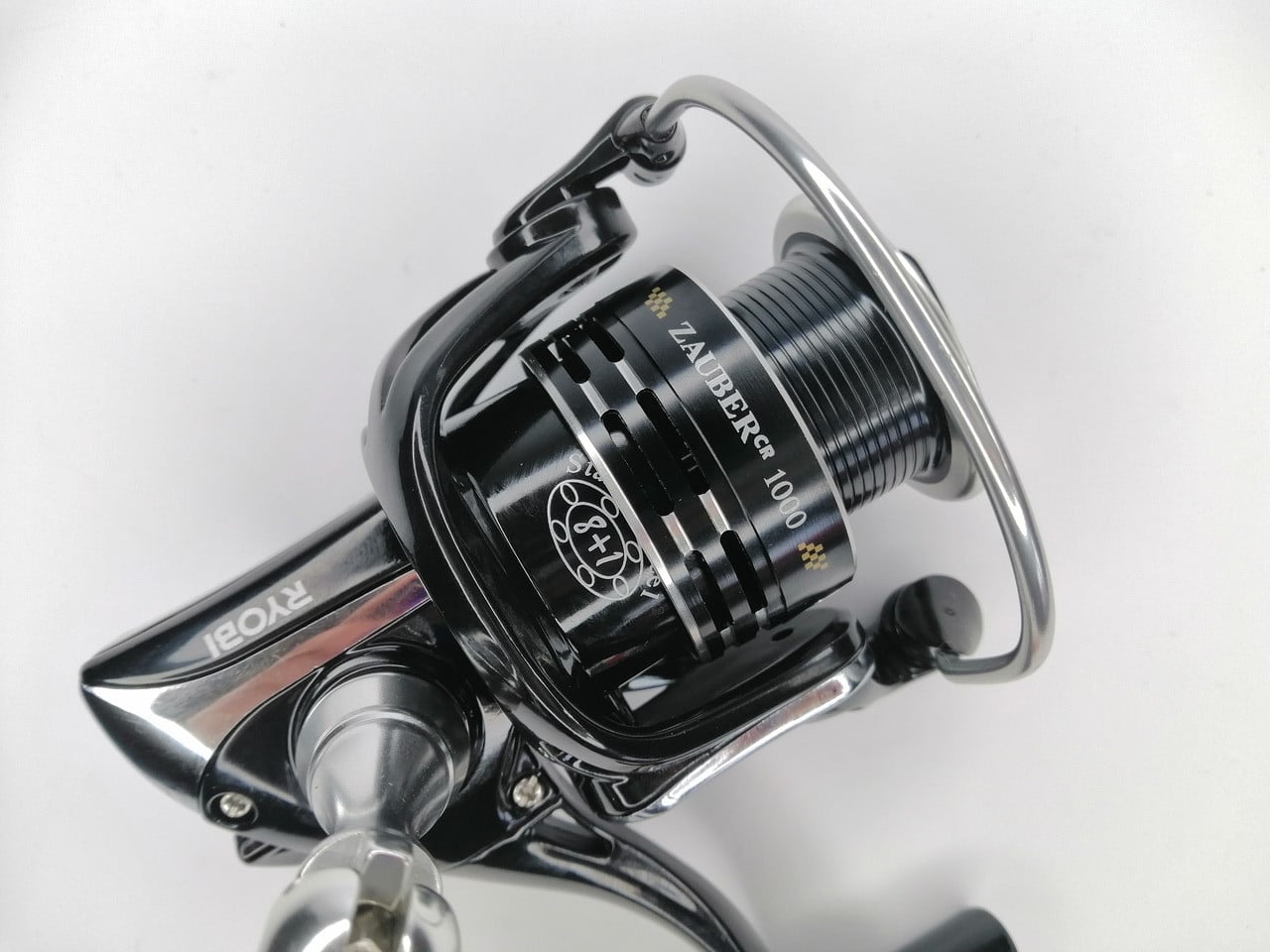The correct winding of the line on the spool of the
reel is the correct preparation of the spinning rod, feeder or fishing rod for the fishing process. If you make a mistake in this matter, loops may be thrown, the cast will not be so long, and good prey may break, so you should take care in advance to properly tie the braid or mono line to the reel. This article will tell you how to properly carry out the winding process on several types of popular spools.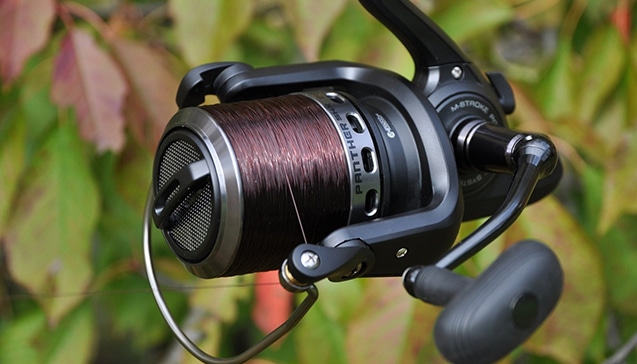
- Why is it important to properly tie and wind the fishing line or line to the fishing reel
- How to tie and wind the line on a spinning reel for a spinning rod or feeder
- How to tie and wind a braid on a spinning reel for spinning
- What problems can arise during the winding process
- How to tie and wind the fishing line / braid onto the flywheel reel
- Winding on a baitcasting reel
- How to tie a fishing line to a winter reel
- Tips and Secrets
- Поделиться ссылкой:
Why is it important to properly tie and wind the fishing line or line to the fishing reel
The most important factor is the casting distance. Only high quality winding can provide a really good casting. It is considered to be the correct winding one that is close in length to the maximum length of the fishing line and corresponds to the technical parameters of the used reel and lies so that there is at least 2 millimeters to the edges of the shupuli in the spinning rod, at least 4 millimeters in the feeder and picker. depends entirely on the correct winding. For example, when the top layer of the winding is less than 3-4 millimeters from the edges of the spool, the selected material will wear out faster due to friction. And if the fishing line is wound to one level, then it will begin to get confused, and it is also possible that a beard will appear, in such cases it remains only to cut the fishing line.
If you use the wrong winding technique, the line can become tangled. As a result, the prey will slip out of hand, and time will be spent untangling the fishing line.
How to tie and wind the line on a spinning reel for a spinning rod or feeder
The first step is to secure the line from the reel spool. Neglecting this point can lead to the loss of expensive equipment, as well as to the loss of pleasure from the fishing process. Both complex knots and simple self-tightening options can be used. It is better to tie the line to the bottom edge of the spool, this will reduce the tangency of the main turns to the fastening node.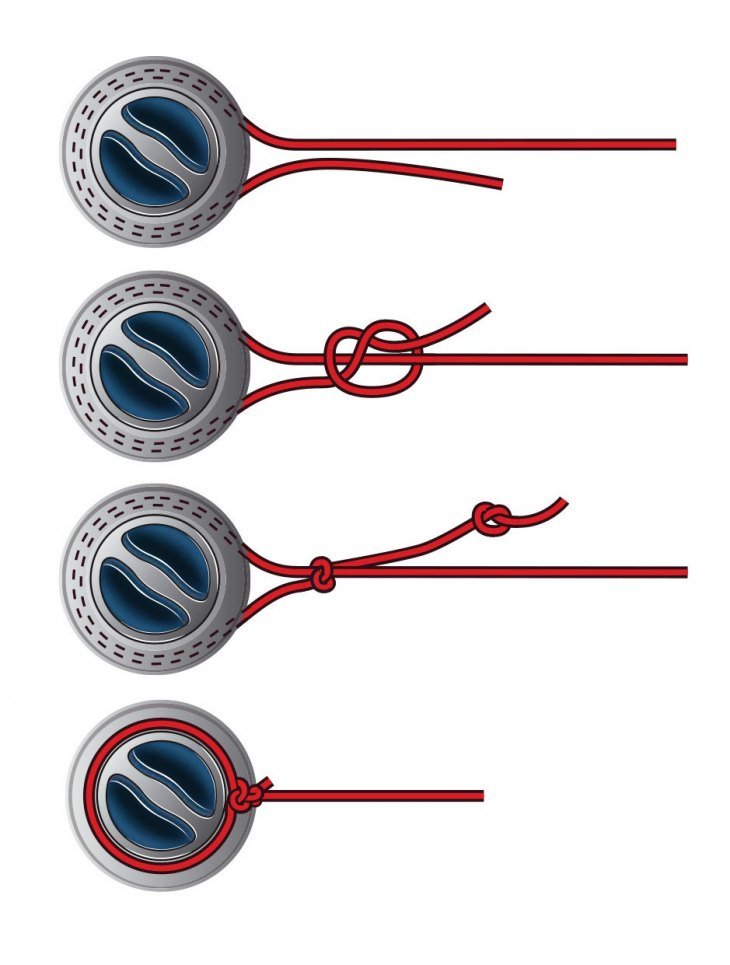
How to tie and wind a braid on a spinning reel for spinning
The braid should be selected in accordance with the manufacturer’s recommendations. Otherwise, there may be unpleasant consequences in the form of bumps and furrows. First you need to take the braided cord and make a small loop at the end. Then install the spinning reel on the spinning rod.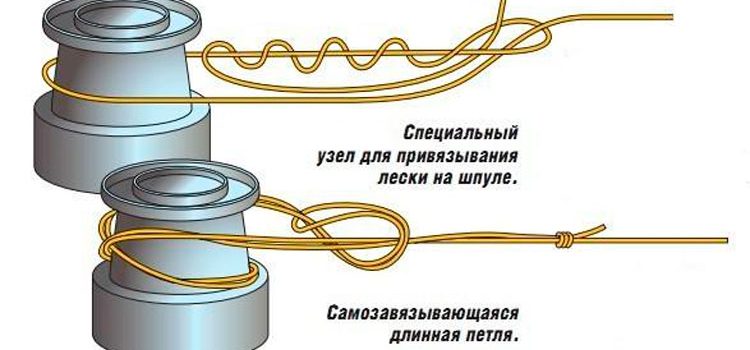
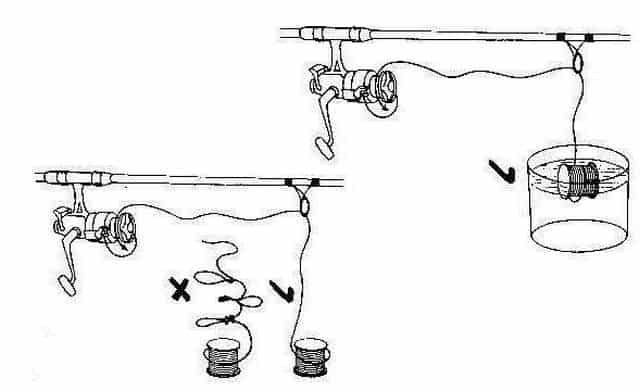
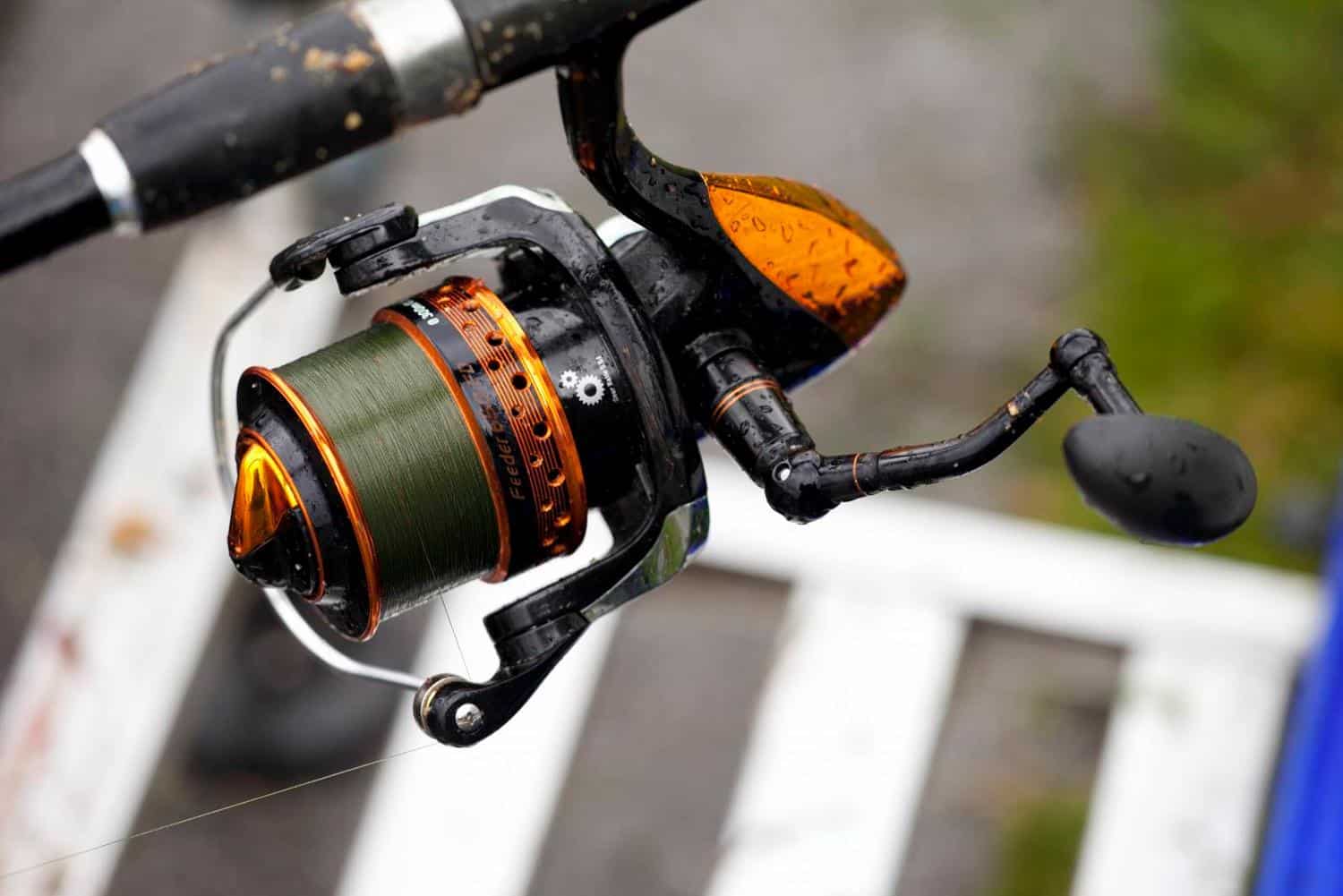
The winding process takes a little time, but you need to make sure that the cord is stretched with a uniform tension so that unwanted slides and grooves do not occur.
How to properly wind the cord / braid on the spinning reel: https://youtu.be/10-7Vt8avY0
What problems can arise during the winding process
Braided cord is strong and durable, but can be difficult to wind. It can scroll and slide on the spool. There are coils with a surface that prevents spinning, however, if the coil is not designed for braiding, you must use a rubber backing – backing. You can also secure the first turn with tape or electrical tape. Spinning coils in the modern world can rotate both clockwise and counterclockwise. Therefore, the wrong direction of winding is a common mistake. The main thing here is not to make a mistake, and to follow the rule – the winding should take place parallel to the spool. The line may spin while winding. This can signal an invalid node or neglect of backing.It must be used for smooth winding and no spinning.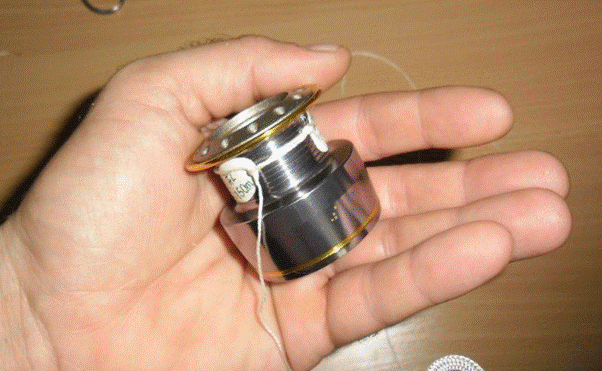
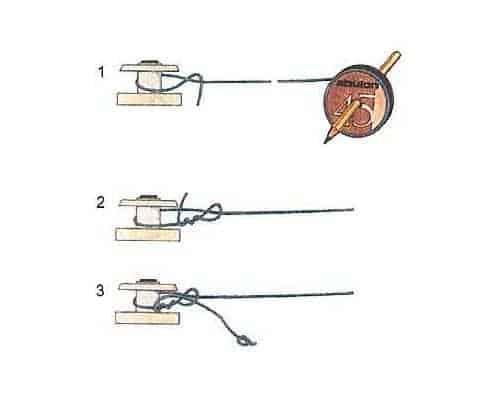
Often, novice fishermen confuse winding with laying. The terms are really similar in meaning, however, the first assumes winding on a spool, and the second one, which is formed as a result of winding.
How to wind a braid on a spool without a spare spool with backing: https://youtu.be/gKb_ew7b8jo
How to tie and wind the fishing line / braid onto the flywheel reel
The good old reel is slowly becoming a thing of the past, with easy-to-use multiplier and spinning reels, but some fishermen continue to use it. A self-tightening knot should also be used to secure the cord. Excess parts must be removed with nippers or scissors. Next, move the mount closer to the side so that the cord initially winds evenly.
Winding on a baitcasting reel
It seems that winding on a baitcasting reel is not particularly difficult. However, this procedure is no easier than winding on a non-inertia system. It is necessary to strictly observe the tightness when winding. For beginners in fishing, the difficulties are enough. A common mistake fishermen make is to tie the braid through the far holes in the spool. This can lead to deceleration. It is necessary to fasten only through the nearest holes. A few simple steps to follow when winding on a baitcasting reel:
- Bind using any knot.
- Lock the reel onto the rod, and pull the end of the line through the right ring.
- The brake and clutch should be tightened so as not to create unnecessary problems during winding.
- The winding tension must be controlled with your fingers and some kind of material to avoid cuts. For example, with a simple cloth or gloves.
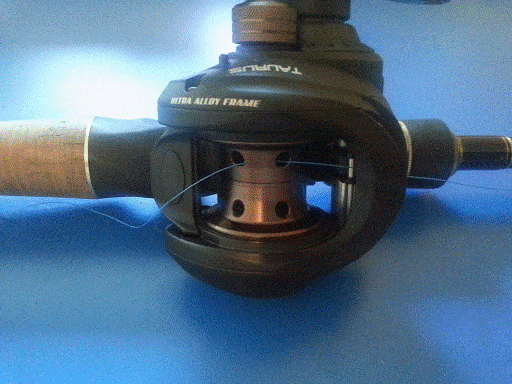
It is not worth saving the line when winding on a baitcasting reel. The material should be at least 2 millimeters away from the edges.
How to wind a braid on a baitcasting reel – video instruction on winding: https://youtu.be/n7of3PPa_G0
How to tie a fishing line to a winter reel
Fishing from ice is an interesting process, but winding a line on a winter reel has a lot of nuances. It is not spacious enough, and in the process of fishing for large prey, the main load falls on the first node. Therefore, the main step will be to choose the right knot, it must hold the line if the fish completely unwind the reel, and not spin during the fishing process.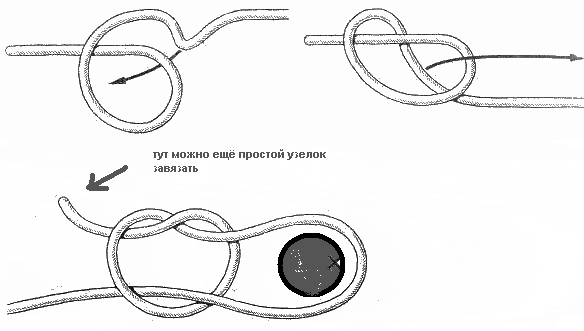
be / 6mShQKGRNzo
Tips and Secrets
To ensure the correct position of the line or line on the spool, you can use the so-called backing. This is an additional spool winding that winds in front of the main line. Backing can be: ordinary nylon cord, old braid, sewing thread, or even construction tape. It is not necessary to pull with a significant tension, however, it is not necessary to wind too much too loosely. The spool should be completely full, but it is necessary to avoid the appearance of slides, and the winding of the line itself should be carried out parallel to the course of the spool. The first turn is the most important in the winding process, it is he who determines the quality of the future winding.
